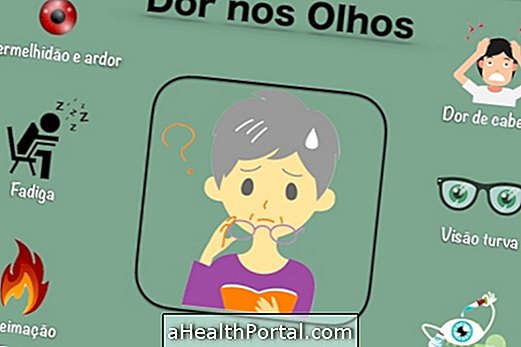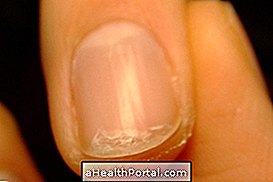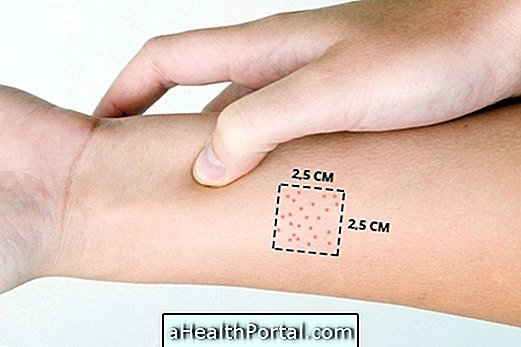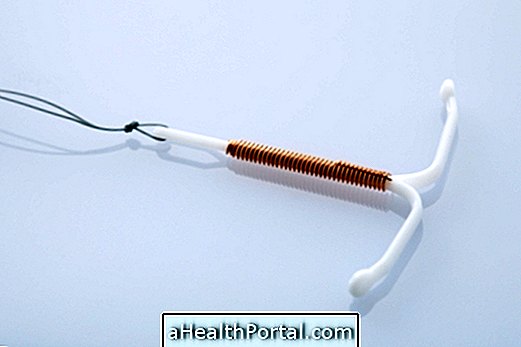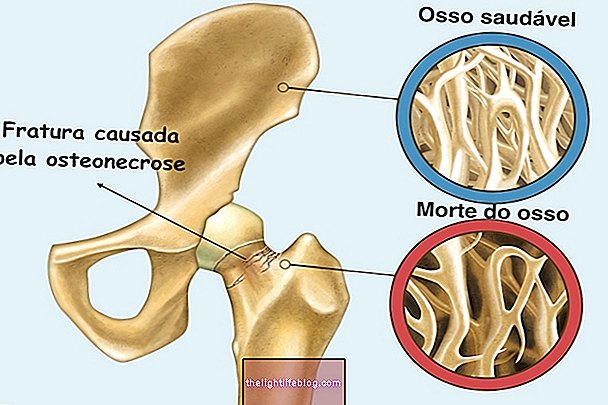Adie's pupil is a rare syndrome in which one pupil of the eye is usually more dilated than the other, reacting very slowly to changes in light. Thus, it is common that in addition to the aesthetic change, the person also has symptoms such as blurred vision or sensitivity to light, for example.
In some cases, the change in the pupil may start in one eye, but over time, it can reach the other eye, causing symptoms to worsen.
Although there is no cure for Adie's pupil, the treatment allows to significantly reduce the symptoms and improve the quality of life, and the use of prescription glasses or the application of special eye drops may be prescribed by the ophthalmologist.
See what other diseases can cause changes in the size of the pupils.

Main symptoms
In addition to the presence of pupils of different sizes, Adie syndrome can cause other symptoms such as:
- Blurry vision;
- Hypersensitivity to light;
- Constant headache;
- Pain in the face.
In addition, people with Adie's pupils usually also experience weakening of the innermost tendons, such as those of the knee, for example. Thus, it is common for the doctor to test the hammer, hitting the area immediately below the knee with a small hammer. If the leg does not move or moves little, it usually means that the deeper tendons are not working properly.
Another very common feature of Adie syndrome is the presence of excess sweat, sometimes on just one side of the body.
How to confirm the diagnosis
Diagnosing a rare syndrome like Adie's pupil can be difficult, as there is no test to confirm the disease. Thus, it is common for the doctor to assess all the person's symptoms, his medical history and the results of various tests, especially to screen for other more common diseases that may have similar symptoms.
Thus, it is quite common for various types of treatment to be tried before reaching the most appropriate treatment, since the diagnosis may vary over time.
What causes Adie's pupil
In most cases, Adie's pupil has no specific cause, but there are situations in which the syndrome can arise due to an inflammation of the nerves behind the eye. This inflammation can happen due to an infection, complications from eye surgery, the presence of tumors or due to trauma due to traffic accidents, for example.
How the treatment is done
In some cases, Adie's pupil does not cause any discomfort to the person, so treatment may not even be necessary. However, if there are symptoms that are causing discomfort the ophthalmologist can advise some forms of treatment such as:
- Use of lenses or eyeglasses: helps to improve blurred vision, allowing you to better focus on what is being seen;
- Drops application with Pilocarpine 1%: it is a medicine that contracts the pupil, reducing the symptoms of sensitivity to light, for example.
However, it is best to always consult an ophthalmologist, especially when there are changes in the pupil that need to be evaluated to find out the best form of treatment.
Was this information helpful?
Yes No
Your opinion is important! Write here how we can improve our text:
Any questions? Click here to be answered.
Email in which you want to receive a reply:
Check the confirmation email we sent you.
Your name:
Reason for visit:
--- Choose your reason --- DiseaseLive betterHelp another personGain knowledge
Are you a health professional?
NoMedicalPharmaceuticalsNurseNutritionistBiomedicalPhysiotherapistBeauticianOther





